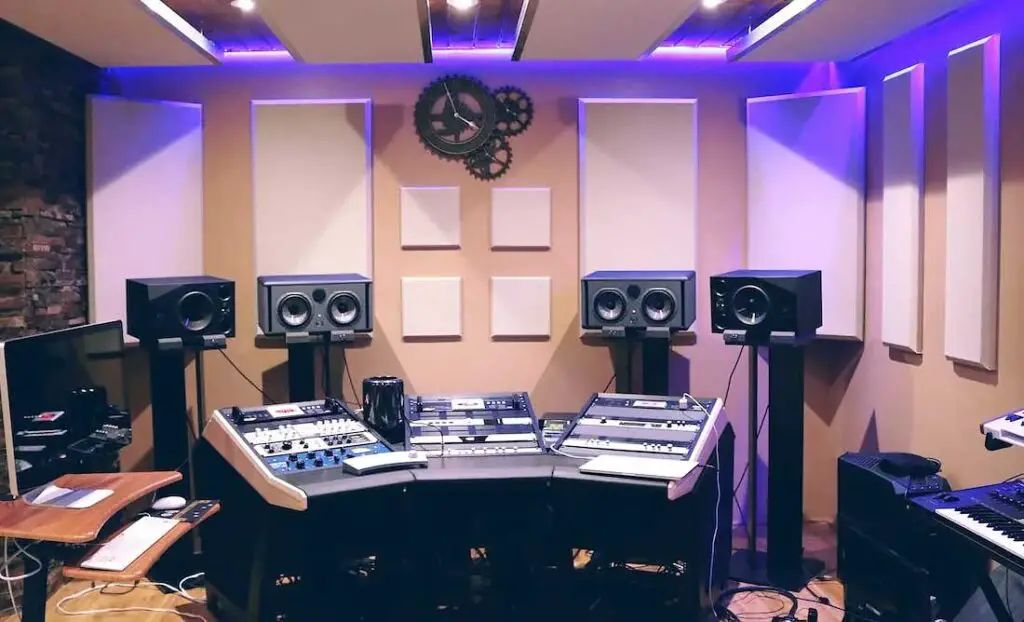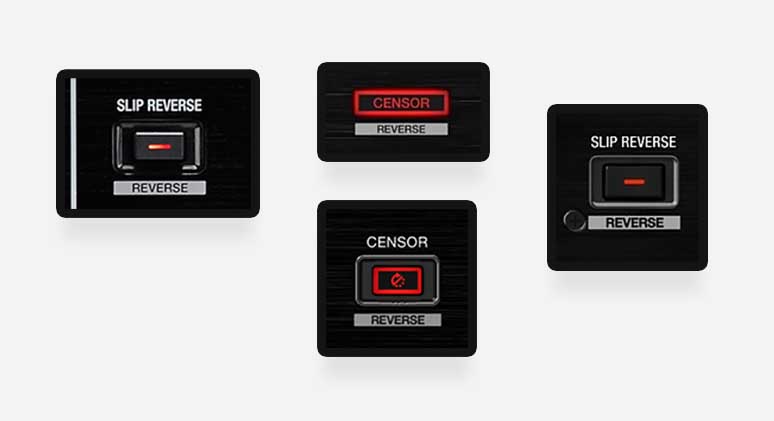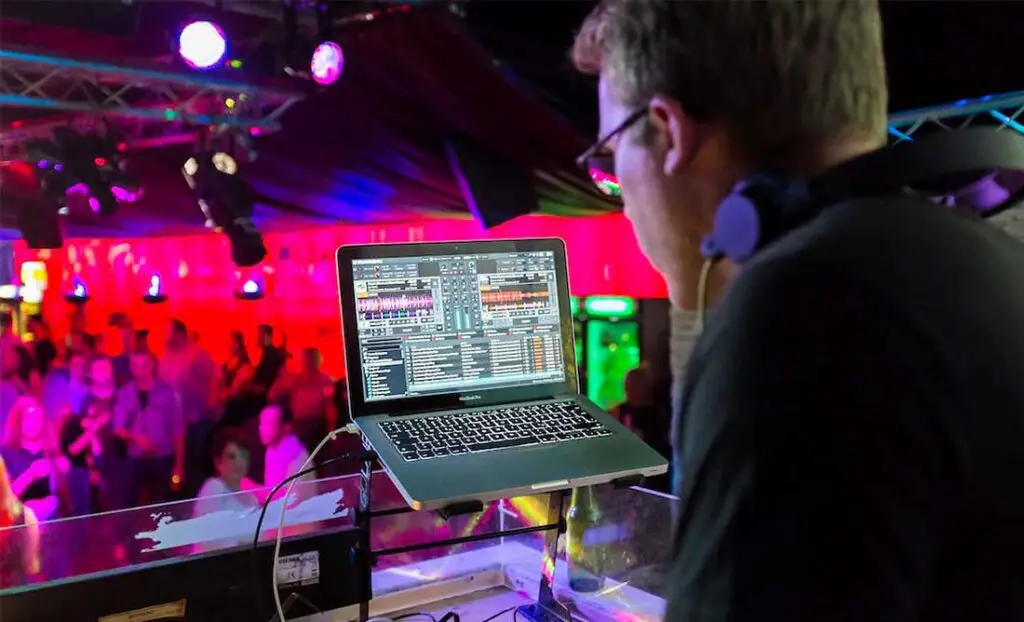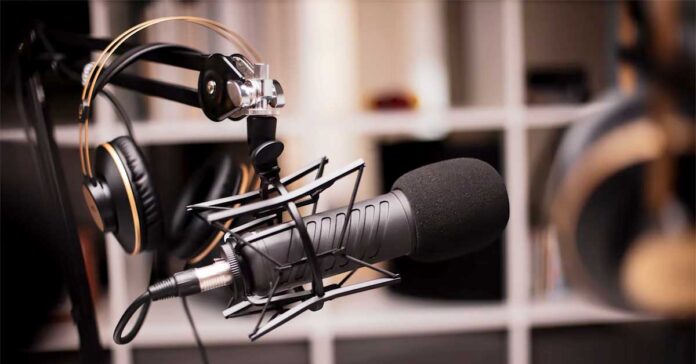Here are all the things about “clean” and “dirty” versions of songs that you should know as a DJ. Do you need help determining which one to use during a particular event? Look no further! In this article, we’ll provide you with a comprehensive guide to clean and dirty song edits and censoring DJ tracks live, so you can make right decisions live and create the perfect atmosphere for your audience!
- “Clean” vs. “Dirty” versions of tracks
- When should you use “clean” track versions?
- Radio use and public playback
- Where to get clean versions of the tracks?
- The Censor Button is Your Friend
- Remember, your audience always comes first
You might also like: Start Strong: 5 Essential DJing Techniques for Beginners
“Clean” vs. “Dirty” versions of tracks

What is a “clean“ version of a track? If an original song that comes straight from a musical artist or a music producer contains profanities or explicit content, in general it has to go through a “clean editing” process to be able to be aired and broadcasted on the radio. In clean versions all the questionable content is removed and either re-recorded and replaced with other lyrics, or simply edited out – there are quite a few ways to do that.
Public radio stations in general won’t take in any “dirty” versions of songs to air out, caring about the minors who could have been potentially exposed to this kind of content while listening to their live broadcasts.
What is a “dirty”or “explicit” version of a track? It’s simply an un-edited, original version of a track that by default contains any kind of profane language or explicit content that makes it unsuitable for younger audiences. “Dirty” versions of songs generally cannot be legally broadcast before they go through the “clean editing” process in the studio.
If a track doesn’t contain explicit lyrics by default, in general it doesn’t fall under either the “dirty” or “clean” category classification, and It’s deemed safe for broadcast from the get go.
When should you use “clean” track versions?
While the answer may seem quite obvious to most of you, the general rule here is to use the “clean” versions of tracks in every environment in which there might be children or minors present somewhere in your audience (be it local audience or live online audience).
Another rule is to refrain from using “dirty” versions of songs in places where your audience could feel uncomfortable being exposed to this kind of material (for example during some corporate parties such content may be frowned upon).
Having to use clean versions of your tracks in certain situations is sometimes less obvious in non-English speaking countries, where people might simply be less sensitive to the explicit lyrics in written in English. Even then, you still should follow the very same rule set.
While this might not be actually enforced by law in your country, state or region, it’s simply the right thing to do. You wouldn’t want your children exposed to some of the nasty stuff that comes with explicit topics and language presented in many songs out there, so do your audience a favor and make good use of the clean edits you have on hand!
Here are some situations in which you should resort to using clean versions of your tracks:
- Music at an official sports event.
- Corporate and business events.
- Radio station music playback.
- School dances and proms.
- Music in public venues with no age restrictions on entry.
- Any public space playback overall.
On the other hand, oftentimes in club environments there is no real reason to use the clean versions of your tracks. Most of the time, especially when people in your adult audience know the lyrics of the songs you’re playing, they want to listen or sing along to the original version. If you’re sure that there are no minors among your live listeners and your audience is okay with that, you often don’t have to bother playing the clean track versions at all.
Radio use and public playback

As we’ve already mentioned, most radio stations out there can make use only of the clean versions of the supplied songs. In terms of music playback in public space, using clean tracks is also commonly expected and can even be enforced by law depending on your country or region.
A good rule here is to use clean tracks in any situation in which you don’t have the exact control over who your audience will actually consist of (refer to the list in the paragraph above).
Where to get clean versions of the tracks?
In general, most popular tracks that were aired on the radio at some point, will have both a clean and dirty version available.
In this case you will be able to find these versions in a streaming service, record pool or other music source you’re using that has the track in question available. It’s rare for a track library not to feature the clean version if they already have the “dirty” track in their collection. More often it’s the other way around.
In many streaming services (both commercial ones and the ones meant for DJs to use), you can actually filter out the dirty versions of the tracks so that you don’t select them by accident.
If a track doesn’t feature a clean version at all, it gets a little bit more complicated.
What if the track doesn’t have a “clean” version then? Well, then it’s the right time to put your finger in a close proximity to the censor button on your DJ controller.
Another way to deal with that situation would be to prepare your own “clean” version of the track, provided you have some audio editing skills to do that.
The Censor Button is Your Friend

What is the “Censor” button on DJ controllers and what does it do? Many modern professional DJ controllers feature a button labeled “censor”, or “Slip Reverse” somewhere on them. Both of these do the exact same thing.
The Censor button does exactly what you think – it helps you censor the curse words and profanities during live track playback, provided you are able to press it in time of course.
How it works, is that it simply reverses the track playback temporarily when it’s pressed down, and when you release it, it resumes the playback from the exact place the virtual playhead would at be if you haven’t pressed the button at all. That’s why it’s also labeled a “slip reverse” button on some devices.
You can use it either to censor tracks on the fly and sneakily remove all the curse words from the lyrics, or as a pretty original time-based audio FX if you’re creative enough!
Did you know? – On most DJ controllers, the “Censor” button when pressed alongside with a “Shift” button, acts like a playback reversal toggle. To reverse the playback again and return it to normal, simply press the button combination again!
Remember, your audience always comes first

We hope we helped you with the track censoring matter. It’s always vital to know when and how to censor your songs and when to use clean and dirty versions of the tracks you have in your music library. Many times over it can get really embarrassing if you play an explicit song version by accident in in a place where it’s uncalled for – believe me, I’ve been there and I’m speaking from experience! Check your track library often, plan your live sets well and rock on!
Check out also: How To Organize Your Tracks/Songs – DJ Playlists Guide
Main article photo: Jonathan Farber

